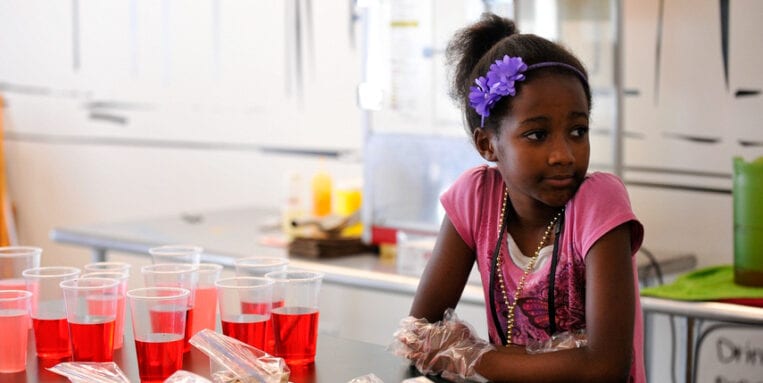
Children’s Activity Lesson Plan
The following lesson plan accompanies the Community Foundation’s Activity Sheet.
| Subjects | Reading & Language Arts, Social Studies, Art |
|---|---|
| Grades | First and second grades |
| Duration | One 30-minute session, plus time to complete drawing on enclosed activity sheet. |
| Objectives | Define “philanthropy” as the giving of time, talent, or treasure for the common good. Describe the concepts of “giving back,” “paying it forward” and “making a difference.” Identify ways children and their families can share their resources (time, talent, treasure) with others. |
| Materials | Copies of enclosed activity sheet; drawing materials such as crayons, markers or colored pencils. |
Instructions
- Tell children that you are going to teach them a new word and you want to see if they can pronounce it correctly. “Philanthropy” is the giving of time, talent, or treasure and taking action for the common good. Or more simply, philanthropy means caring for the well-being of others. (“Philo” = loving, “anthropo” = people)
- Discuss why people choose to share their time, talent, and treasure with others. Students may recognize that someone may have more than they need and want to help others, or someone gave to them so they want to give back.
- Ask the children to think of adults they know that volunteer their time or do something kind to help others. This discussion may include an uncle who takes a neighbor to a doctor appointment, a sister who helps at the women’s resource center, or a friend who helps at an after-school program. Explain how local resources and charities are funded by philanthropy (museums, parks, soup kitchens, etc.) in the forms of donated money and volunteer work.
- Discuss things children can do that are good for the community. Brainstorm the time, talent and treasure (not just money) children may have that can make a difference in the world. Point out that acts of philanthropy can also be described as “giving back” and “paying it forward.” Explain that simple acts of kindness to one’s classmate, neighbor or family member could be considered an act of philanthropy as well.
- Ask children to consider when someone does something nice for you, could you pass it on by doing nice for someone else? Ask: “How does that make the whole community better?”
- Using the enclosed activity sheet, ask children to fill in the blank: “I can make a difference by:_________.” Then, draw a picture that reflects them carrying out this act of giving. Possibly include in the picture the response they may receive or the change that may result from their philanthropy.